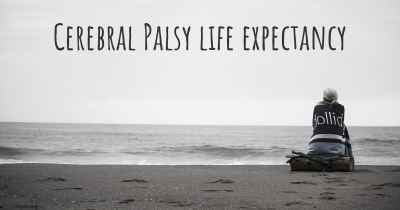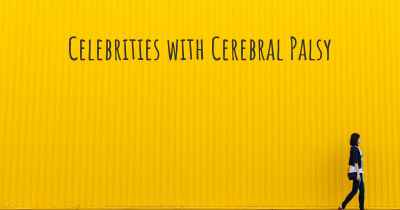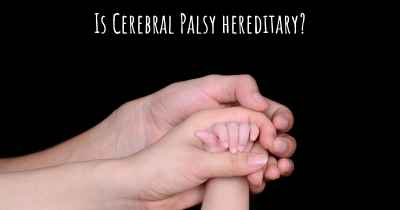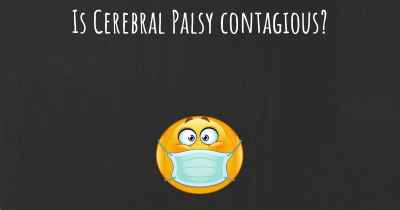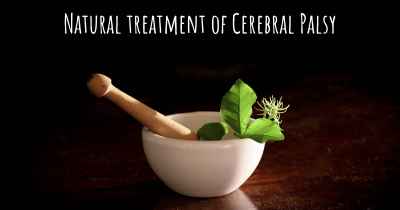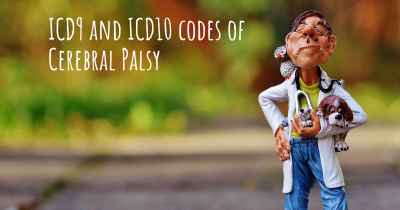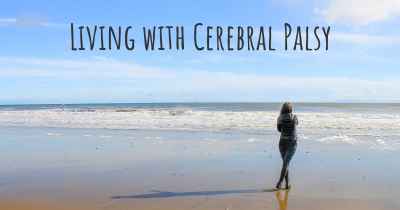Which are the symptoms of Cerebral Palsy?
See the worst symptoms of affected by Cerebral Palsy here
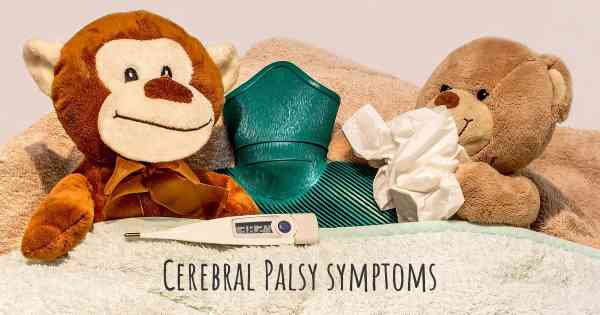
Symptoms of Cerebral Palsy
Cerebral palsy (CP) is a group of neurological disorders that affect movement, muscle tone, and coordination. It is caused by damage to the developing brain, usually before or during birth, but can also occur in early childhood. The symptoms of cerebral palsy can vary widely from person to person, as it affects individuals differently. However, there are some common signs and symptoms that may indicate the presence of cerebral palsy.
1. Abnormal muscle tone
Hypotonia: Some individuals with cerebral palsy may have low muscle tone, also known as hypotonia. This can result in floppy or limp limbs.
Hypertonia: Others may experience high muscle tone, known as hypertonia, which causes stiffness and tightness in the muscles. This can lead to difficulty with movement and coordination.
2. Delayed motor milestones
Children with cerebral palsy often have delayed motor milestones, such as sitting, crawling, or walking. They may achieve these milestones later than expected or have difficulty reaching them at all.
3. Abnormal reflexes
Abnormal reflexes are commonly observed in individuals with cerebral palsy. These reflexes may be exaggerated, weak, or absent. For example, the Moro reflex, which is normally present in infants, may persist beyond the expected age.
4. Poor coordination and balance
Cerebral palsy can affect coordination and balance, making it challenging for individuals to perform precise movements or maintain stability. This can result in difficulties with activities such as walking, writing, or buttoning clothes.
5. Muscle stiffness or spasticity
Spastic cerebral palsy: This is the most common type of cerebral palsy and is characterized by muscle stiffness and tightness. Spasticity can affect various muscle groups, leading to difficulties with mobility and range of motion.
Athetoid/dyskinetic cerebral palsy: This type of cerebral palsy involves uncontrolled, involuntary movements. Individuals may experience writhing or jerky motions, making it challenging to control their limbs or maintain a stable posture.
Ataxic cerebral palsy: Ataxic CP affects balance and coordination. Individuals may have shaky movements, tremors, or difficulties with precise motions, such as writing or buttoning clothes.
6. Speech and communication difficulties
Cerebral palsy can also impact speech and communication abilities. Some individuals may have difficulty forming words or speaking clearly, while others may rely on alternative communication methods, such as sign language or assistive devices.
7. Intellectual disabilities
While not always present, some individuals with cerebral palsy may also have intellectual disabilities. These can range from mild to severe and may affect cognitive abilities, learning, and problem-solving skills.
8. Sensory impairments
Cerebral palsy can be associated with sensory impairments, including vision or hearing problems. These sensory issues can further impact an individual's overall development and ability to interact with their environment.
9. Seizures
Seizures are more common in individuals with cerebral palsy compared to the general population. These seizures can vary in type and severity, and may require medical management.
It is important to note that the severity and combination of symptoms can vary greatly among individuals with cerebral palsy. Some individuals may have mild symptoms and lead relatively independent lives, while others may require significant support and assistance in their daily activities.
If you suspect that you or your child may have cerebral palsy, it is crucial to consult with a healthcare professional for a proper diagnosis and to develop an appropriate treatment plan. Early intervention and therapy can greatly improve outcomes and quality of life for individuals with cerebral palsy.
Posted Feb 20, 2017 by Michelle 1000
Posted Dec 22, 2018 by Chi 1450
Posted Sep 12, 2017 by Nancy 200
